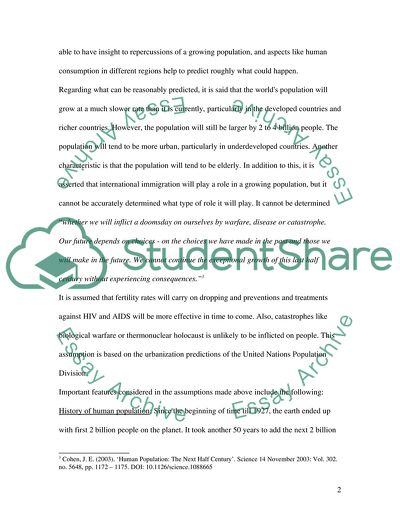Cite this document
(Growing Population and the Consequences Article Example | Topics and Well Written Essays - 1500 words, n.d.)
Growing Population and the Consequences Article Example | Topics and Well Written Essays - 1500 words. https://studentshare.org/social-science/1705685-growing-population-and-the-consequences
Growing Population and the Consequences Article Example | Topics and Well Written Essays - 1500 words. https://studentshare.org/social-science/1705685-growing-population-and-the-consequences
(Growing Population and the Consequences Article Example | Topics and Well Written Essays - 1500 Words)
Growing Population and the Consequences Article Example | Topics and Well Written Essays - 1500 Words. https://studentshare.org/social-science/1705685-growing-population-and-the-consequences.
Growing Population and the Consequences Article Example | Topics and Well Written Essays - 1500 Words. https://studentshare.org/social-science/1705685-growing-population-and-the-consequences.
“Growing Population and the Consequences Article Example | Topics and Well Written Essays - 1500 Words”. https://studentshare.org/social-science/1705685-growing-population-and-the-consequences.


